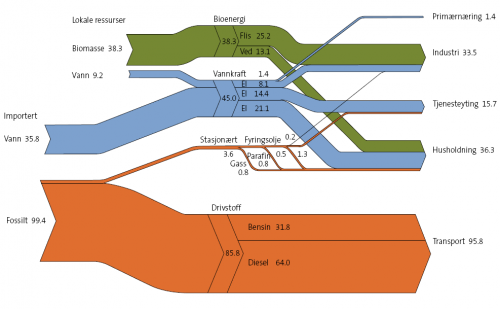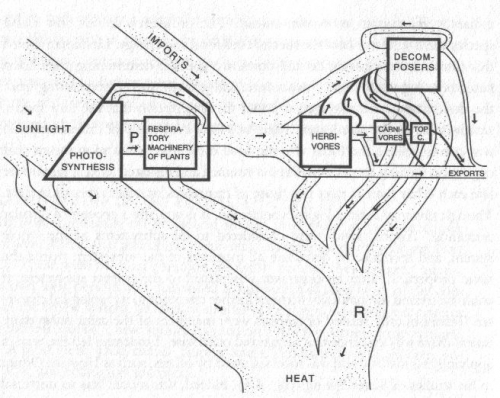A company named HistoryShots offers some fine diagrams, that show the development of political parties in the U.S. and two historical graphs of the civil war (1861 to 1865) that remind of Sankey diagrams. Prints of these maps can be purchased from their site.
The ‘History of the Confederate Army’ and ‘The History of the Union Army’ how armies were formed, regrouped or significantly lost men in battles. The width of the ‘arrow’ with an implicit direction along the time line (shown at the bottom of the chart) represents the number of men. Additionally, the diagram is split into three main geographical areas (Western Theater, Eastern Theater and Trans Missisipi Theater).

These diagrams are inspired by the famous Minard chart, which shows the loss of men on Napoleon’s march to Moscow and during the retreat.
The other two graphs are in the ‘Political’ section of the HistoryShots webpage, and show the development of political parties in the U.S. from 1730 to 1892 and from 1892 to 2005 respectively. On these graphs the widths of the “bands” don’t represent votes or seats. The popularity of each party is shown as the amplitude on the unlabeled x-axis.

Democrats and Republicans are like sinus and cosinus waves over time, a picture that continues on the 1892 to 2005 map. Or one might also be reminded of the intertwined DNA double helix structure…
Note: I presented a similar diagram for the development of political parties in Slovakia 1990 to 2008 here on the blog before.

